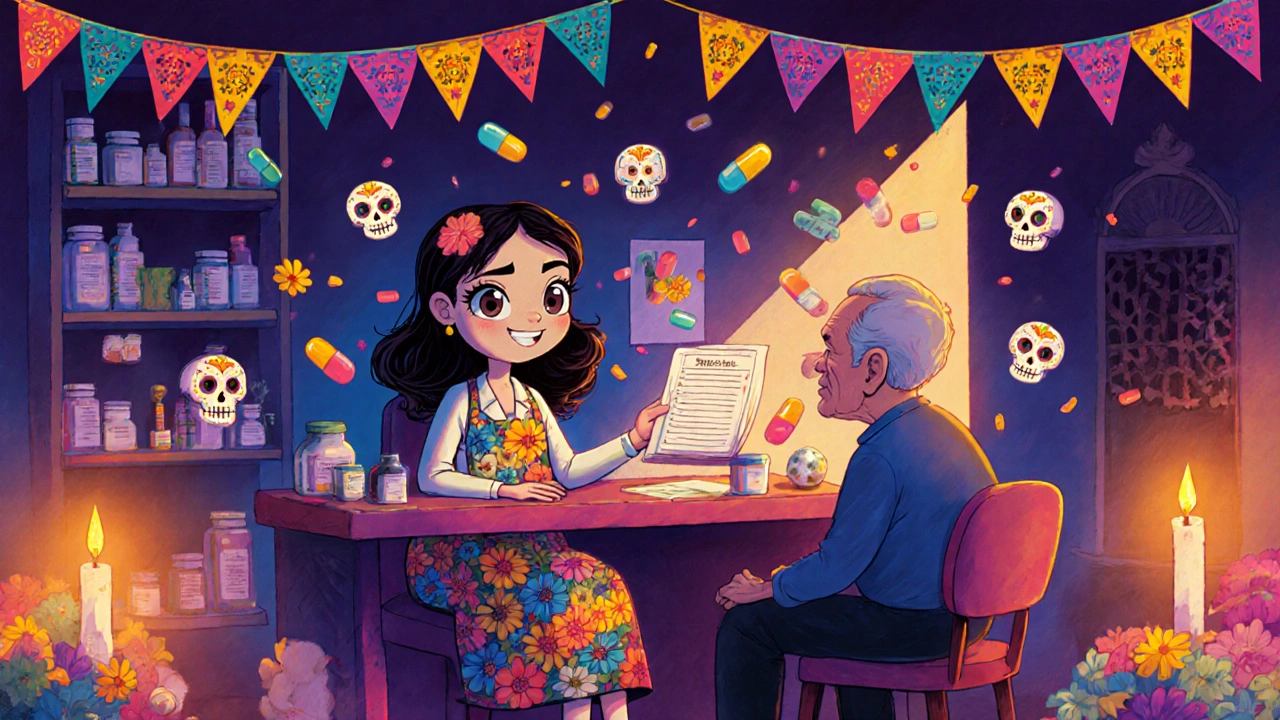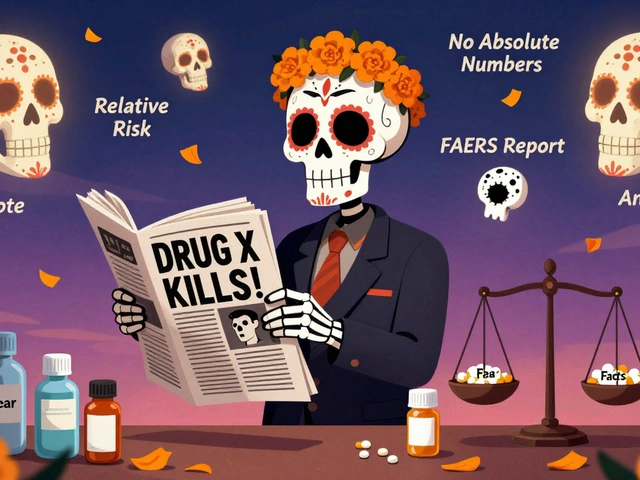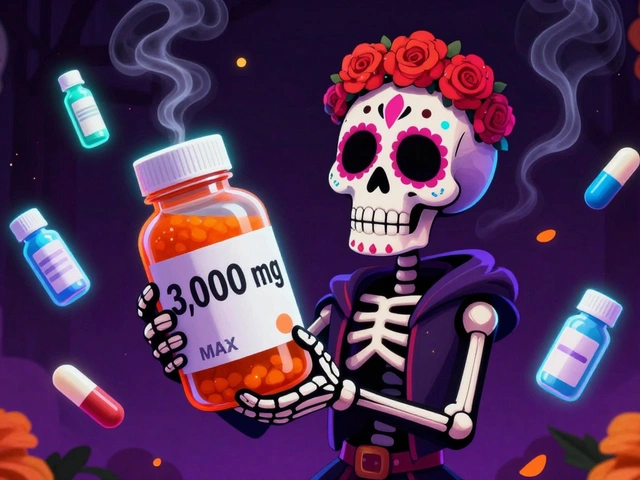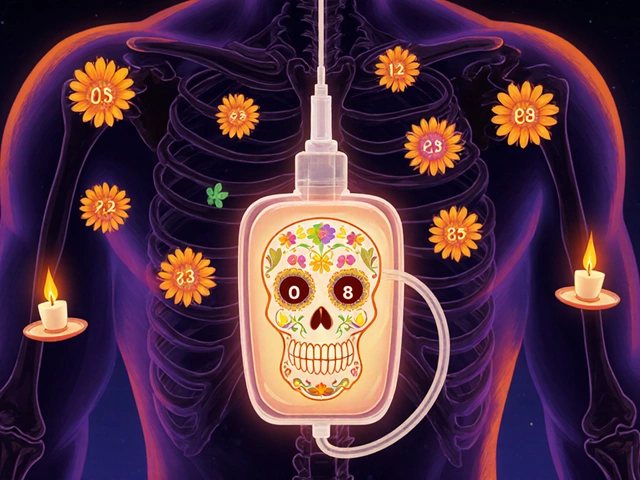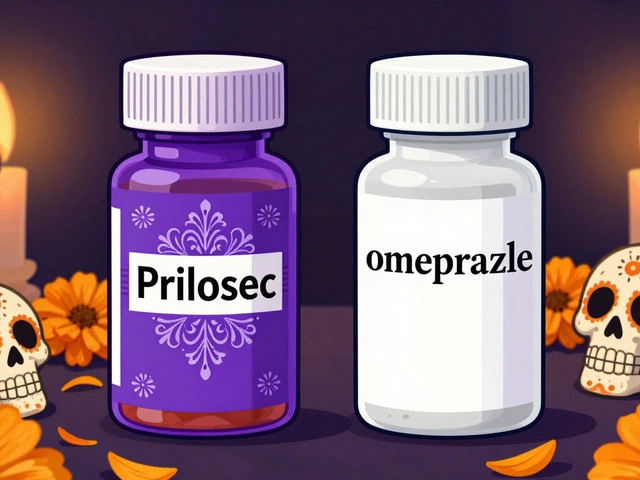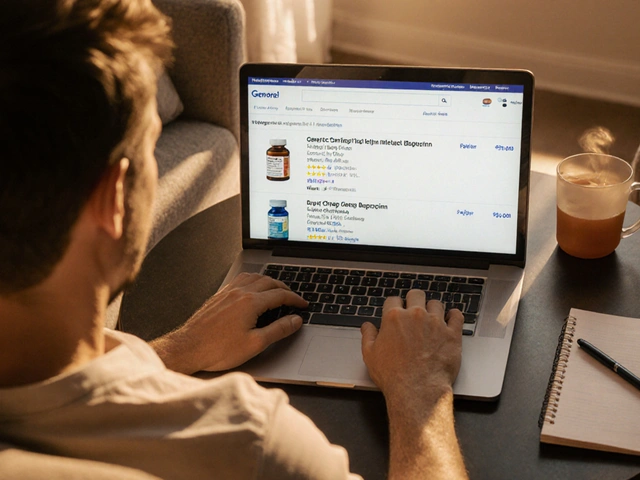Most people think of their pharmacy as a place to pick up prescriptions. But if you’re taking multiple medications, especially for chronic conditions, your pharmacist can be one of your most important health allies. Pharmacy consultation services aren’t just a nice extra-they’re a proven safety net that prevents dangerous drug interactions, cuts costs, and keeps you out of the hospital.
What Exactly Is a Pharmacy Consultation?
A pharmacy consultation is a one-on-one conversation with your pharmacist about all the medications you take-prescription, over-the-counter, vitamins, supplements. It’s not a quick question while you wait in line. It’s a structured review, usually lasting 15 to 20 minutes, done in a private area of the pharmacy. The goal? To make sure every drug you’re on is necessary, safe, and working the way it should.
These services are formally called Medication Therapy Management, or MTM. Medicare Part D has required these services since 2006 for eligible patients-those with multiple chronic conditions like diabetes, heart disease, or high cholesterol, and taking several medications. But even if you’re not on Medicare, many private insurers now cover them too. According to the American Pharmacists Association, 97% of U.S. community pharmacies offer some form of consultation, and 78% provide full MTM services.
Why It Matters: Real Risks You Might Not See
Medication errors are one of the leading causes of preventable harm in healthcare. A 2023 study in the Veterans Affairs system found that pharmacist-led consultations prevented 1,247 serious adverse drug events in just one year. That’s not a guess-it’s data. And each intervention saved an average of $1,250 in avoided hospital costs.
Here’s what happens in a typical consultation:
- Your pharmacist reviews every pill, patch, and inhaler you use.
- They check for dangerous interactions-like mixing blood thinners with certain herbal supplements.
- They spot duplicates: You might be taking two different drugs that do the same thing, doubling your risk of side effects.
- They look at dosages. Is that high-dose insulin really safe for your age and kidney function?
- They compare your current list with what your doctor thinks you’re taking. Discrepancies happen in 40% of cases during care transitions.
One patient on Reddit shared how their pharmacist caught a deadly interaction between their blood pressure med and a common OTC cold remedy. Their doctor had never asked about the cold medicine. The pharmacist did-and stopped a potential emergency.
Who Should Use This Service?
You don’t need to be sick to benefit. But these services are especially powerful if:
- You take 4 or more prescription medications
- You have 2 or more chronic conditions (diabetes, COPD, heart failure, arthritis, etc.)
- You’ve been hospitalized or had a major surgery in the last 6 months
- You’ve had a change in your meds in the past year
- You’re unsure why you’re taking something or how to take it
- You’ve had side effects you can’t explain
Even if you think you’re doing fine, a review can uncover hidden risks. A 2022 study showed that 40% of medication lists at hospital discharge had errors-missing drugs, wrong doses, or unreported supplements. Pharmacists caught these before patients got home.
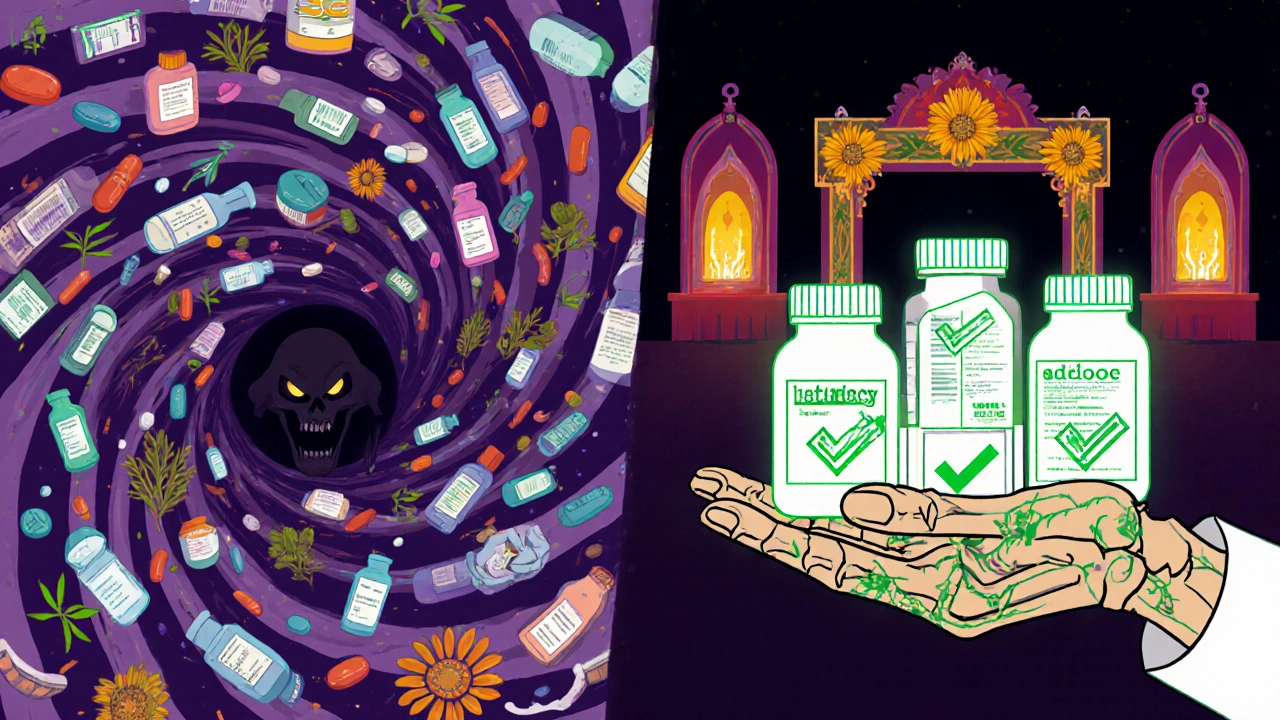
How to Get Started
Don’t wait for them to call you. Most pharmacies won’t reach out unless you’re on Medicare Part D and meet specific criteria. But you can-and should-ask.
- Call your pharmacy and say: “I’d like to schedule a full medication review with the pharmacist.”
- Bring a complete list of everything you take: prescriptions, OTC meds, vitamins, CBD, herbal teas, even supplements you only take occasionally.
- Ask if your insurance covers it. Medicare Part D covers MTM at no cost. Many commercial plans do too-call your insurer to confirm.
- Request a private consultation room. You need privacy to talk openly about side effects or financial concerns.
- Ask for a written summary: a personal medication record and an action plan. Keep it in your wallet or phone.
Some pharmacies offer virtual consultations now, especially since the pandemic. If you have mobility issues or live far from the pharmacy, this can be a great option. Just make sure the pharmacist can access your full medication history.
What You’ll Get Out of It
It’s not just about safety. People who use these services report real improvements:
- 89% say they better understand their meds after a consultation.
- 76% take their pills more regularly.
- Many save money-pharmacists often find cheaper generics or alternative brands that insurance covers better.
- One patient saved $200 a month by switching to a lower-cost version of their cholesterol drug.
- For people with diabetes or high blood pressure, consultations improve control by up to 28%.
And the best part? It’s free or low-cost if you’re covered. Even if you’re paying out of pocket, a $50 consultation that prevents one ER visit pays for itself ten times over.
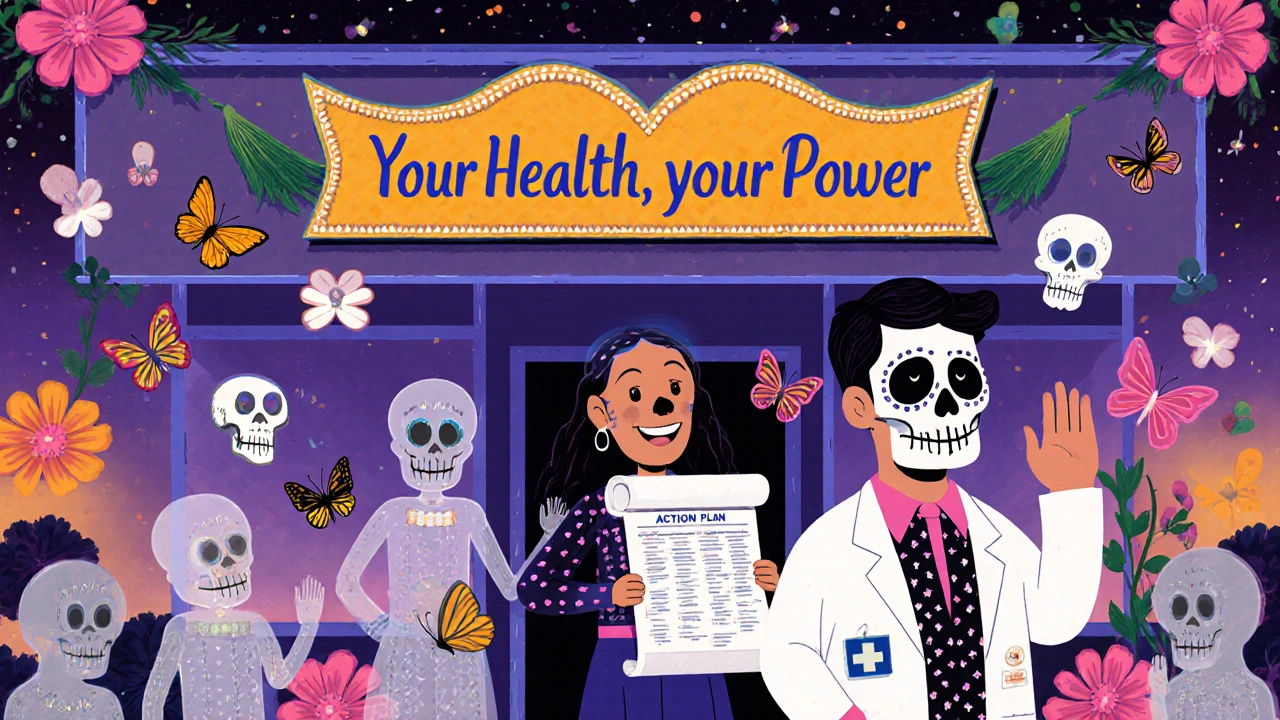
Barriers and How to Overcome Them
Not every pharmacy does this well. Here’s what can go wrong-and how to fix it:
- “I couldn’t get an appointment.” 38% of patients report difficulty scheduling. Call early, ask for specific times, or try a different pharmacy chain. Some offer walk-in slots on weekends.
- “The pharmacist was rushed.” The Institute for Safe Medication Practices says 15 minutes is the minimum for a full review. If they’re cutting you off, ask if you can come back or request a follow-up.
- “They didn’t talk to my doctor.” Good pharmacists will contact your prescriber to clarify or suggest changes. If they don’t, ask them to. You have the right to have your care coordinated.
- “I don’t know if it’s covered.” Ask your pharmacist to check your insurance. Many have systems that auto-check eligibility in seconds.
Also, don’t assume your doctor knows everything you’re taking. Patients often forget to mention supplements or OTC drugs. Your pharmacist sees the full picture.
What’s Changing in 2025
Medicare Part D expanded eligibility in 2023 to include patients taking just 3 chronic condition medications (down from 2 conditions plus 8 prescriptions). That added nearly 5 million more people who qualify for free MTM services.
More states are letting pharmacists prescribe certain meds directly-like blood pressure or diabetes drugs-under collaborative agreements. In 22 states, pharmacists can now start or adjust therapy without waiting for a doctor’s note. That means your consultation could lead to faster, safer changes.
Pharmacists are also being added to primary care teams more often. If your doctor’s office has a pharmacist on staff, ask to meet them. You might get even more coordinated care.
Your Next Step
If you’re taking more than three medications, you’re at risk-even if you feel fine. Medication safety isn’t about being sick. It’s about being smart.
Call your pharmacy today. Ask for a consultation. Bring your list. Ask for a written plan. Don’t wait for them to notice something’s wrong. You’re the one who knows your body best. Your pharmacist is trained to spot what you might miss.
This isn’t a luxury. It’s a basic part of managing your health.

